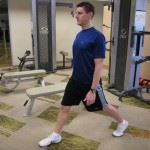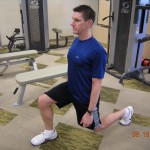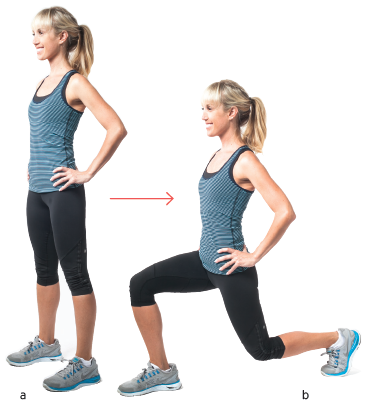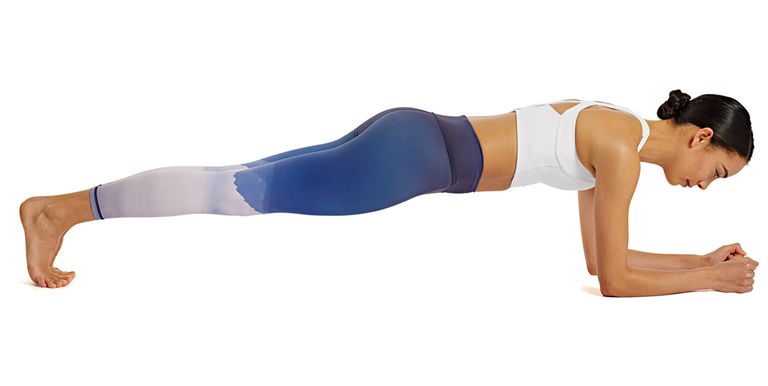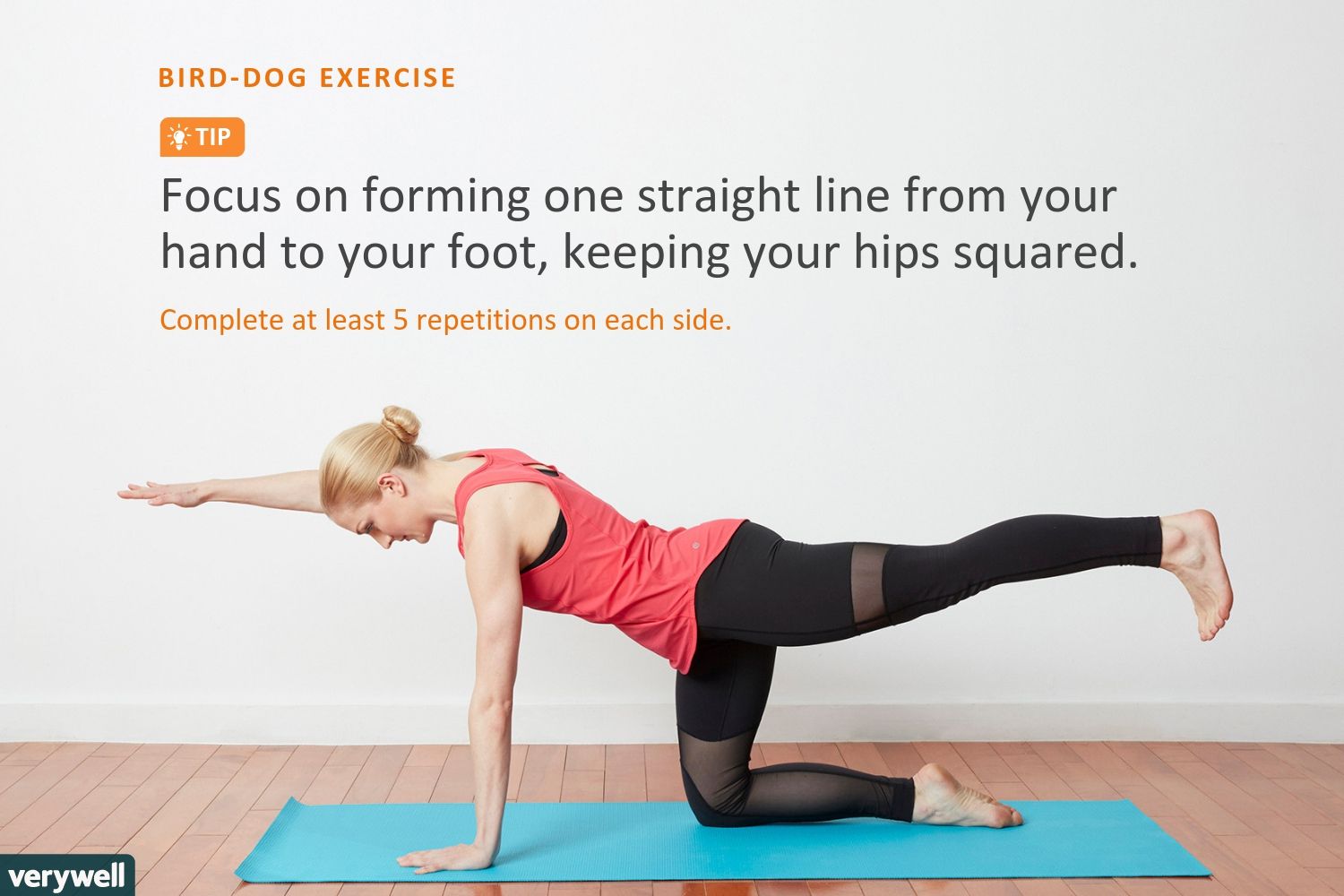Conditioning for Cyclists Part 2 - Train and have fun at the same time |
Start with a plan. How many days a week do we ride and with what purpose, and how many days do we work our muscles and take time to rest and recover? What muscles do we work? A suggested approach is to plan on 2 days devoted to strengthening muscle groups each week, allow 2 -3 days of cycling, incorporating a different cardio activity some of the time ( such as running) and at least 1-2 days to rest and recover, especially after a high intensity workout. Create a system for tracking your progress, a spreadsheet is good for this. If you don’t use a spreadsheet program, use a calendar that will allow you to write manually or input digitally your activity. Tracking your activity will allow you to see the progress you are making If you haven’t been doing any workouts it is very important to consult your doctor before starting an exercise program. None of the suggested exercises requires any equipment other than a mat or comfortable surface or place on which to do them. We start with exercises geared toward increasing strength in the prime mover muscles and smaller muscles that help press on the pedals and deliver the leg power needed for cycling. These are the Quadriceps and Hamstrings in the legs, gluteus muscles at ones rear, and back muscles. We also must consider our cardiovascular system and core as an important part of the conditioning process. While upper body strength is not a necessity for most cyclists, it is helpful to do some upper body conditioning periodically. Improving ones strength overall leads to a balanced body. Let’s do some squats! They’re sometimes referred to as the king of all exercises, and with good reason. Squats are a full-body fitness staple that work the hips, glutes, quads, and hamstrings, and sneakily strengthen the core. Squats may help improve balance and coordination, as well as bone density. Here’s How to squat :
|
Stationary Lunge The Stationary Lunge when performed properly provides a good foundation for variations such as the Reverse Lunge. Lunges can be performed with or without dumbbells.
|
Reverse Lunge Step 1 - Stand with your feet hip-width apart, hand by your sides or on your hips as with the stationary lunge. Step 2 - While keeping your chest lifted and abs contracted, inhale and take a large step backward. aligned with the front foot, not extending beyond the toes. Keep the toes of your back foot facing forward. Step 4- In a controlled movement, exhale, push forward and return to start. Repeat with the same leg or switch to the other leg. Do as many as you can to start out with and gradually increase the number as you get stronger. Remember to inhale as you step back and exhale as you return to start position. |
Conditioning for Cycling involves many different exercise routines including but not limited to the following ( in addition to the squat and lunge we show above) :Mountain Climbers, Planks, Bridges, Superman, Bird Dog, Side Planks and variations of these are just some of the common exercises which can be used. Exercises appearing in bold type are pictured below. An important point to make is to work different muscles each time, for example if one is doing Stationary or Reverse Lunges which will work several muscles including quadriceps, it would be a good idea to to do Squats on a different day. Maybe doing Bridges or Bird Dog exercises would be good to include with Lunges. Which ones should I do first? Of the suggestions above, Squats and Lunges will provide exercises that strengthen the primary muscles used for turning the pedals. Planks, Bridges, Superman and Bird Dog will help with core, glute and back strength which is as important in cycling as are strong legs. |
Mountain Climbers This is a good warmup activity which will also work several muscles at the same time. Try for 30- 45 seconds, rest for 15 seconds, then repeat. |
Planks Start on the floor on your hands and knees. Lower your forearms to the floor with elbows positioned under your shoulders and your hands shoulder-width apart. If someone looked at you from the side, your arms would form a 90-degree angle. Step your feet back, one at a time. Maintain a straight line from heels through the top of your head, looking down at the floor, with gaze slightly in front of your face. Now, tighten your abs and hold. Hold for 10-20 seconds, increasing the time the more you do them. A good goal is to do a one minute plank. |
Bird Dog
Find a soft surface to kneel on and enough space to extend both an arm and a leg at the same time. An exercise mat is a good choice of surface.
Aim to complete 5 strong reps on each side, 10 reps total. Add additional sets of 10 exercises for a maximum of three sets of 10. As a variation, you can do a set of 10 bird-dogs on one side, then switch to the other side. What about the cycling? Selene Yeager, a professional health and fitness author, USA Cycling certified coach, Pro licensed Mountain Bike Racer and All-American Ironman Triathlete whose book “ The Fit Chick” offer the following suggestions using what she calls the Goldilocks approach. We will add some ideas Selene recommends in Part 3. |


